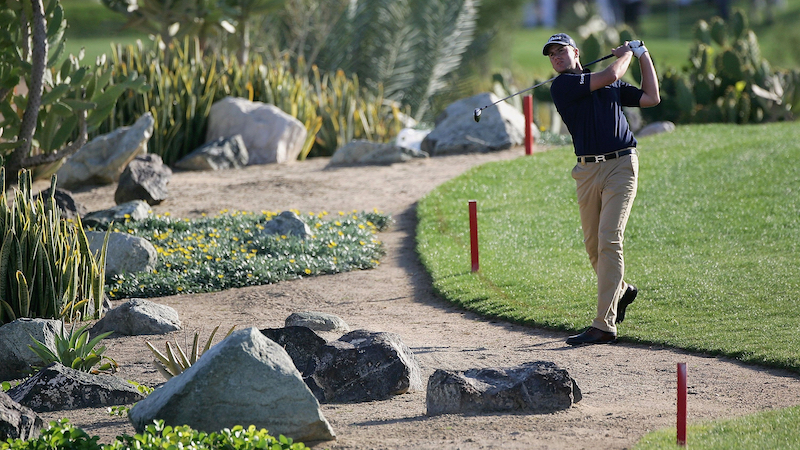
Red Stakes In Golf - Everything You Need To Know!
From January 2019, the term ‘water hazard’ ceased to exist in the Rules and was superseded by the term ‘penalty area’.
Penalty areas still include rivers, ponds, lakes and other water features. But the Rules also now allow Committees to expand their use to incorporate areas that do not contain water - for example, deserts, jungles and lava rock fields in certain parts of the golfing world.
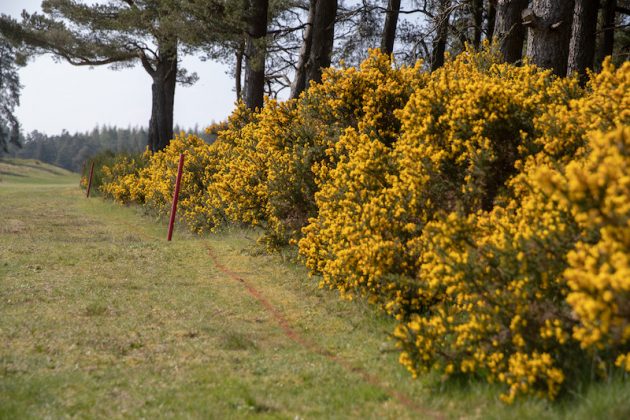
Penalty areas now have a default colour of red and when red stakes (or lines) are used, these allow an additional lateral relief option over and above the penalty relief available from yellow penalty areas, more of which below. However, Committees may still use yellow stakes or lines in some instances, which don't offer the lateral relief option.
It's also worth pointing out that there is nothing to stop you playing the ball as it lies in a penalty area marked with red stakes if practical (and perhaps wise!) to do so - for example, where a pond has dried up in summer and is perfectly safe to enter. We sum up all your options below...
Play it as it lies
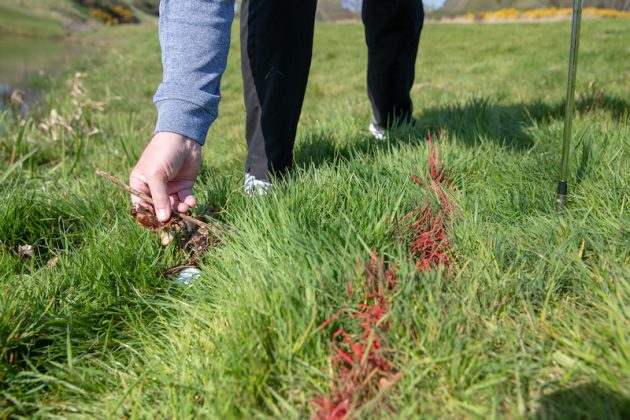
If you opt to play it, there is no penalty for touching the ground or water with your hand or club. You may take practice swings and touch or move loose impediments when your ball lies in a penalty area marked with red stakes (or lines).
You can do all these things just as you can in the general area of the course. A word of warning though – if you move your ball in the process, you will be penalised under Rule 9.4.
Stroke-and-distance relief
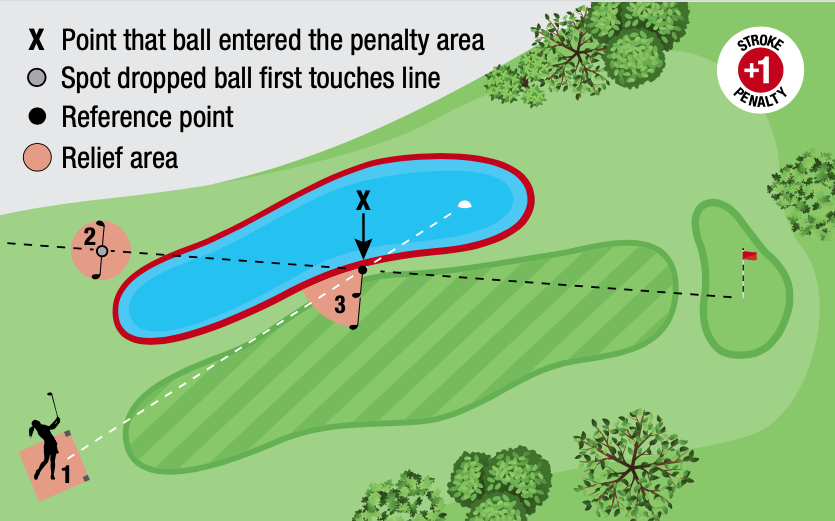
If you decide not to play your ball, you have three relief options at your disposal, as highlighted in the above diagram from the current Rules of Golf. However, there's no guarantee that all of them will always be practical depending on the topography and geography of the course or the hole you are playing.
First, it is worth stressing that if it is not known for sure that your ball is in a red penalty area, or you are not at least 95% certain that it is, you will have to go back to where you last played from under stroke and distance (Rule 18.2).
You also have this option if you do know for sure that your ball is in a red penalty area. To proceed, go back to where you last played from as a reference point, estimating the spot if you're not sure. Drop your ball within a one club-length arc of that point not nearer the hole and then play it. There is a penalty of one stroke.
You must drop in the same area of the course as your reference point. So if your reference point is in the general area, your relief area must also be in the general area.
If the original shot was a tee shot, you may tee the ball up in any part of the teeing area.
Back-on-the-line relief
This second option changed a little from the 2023 Rules revisions. First, determine the point at which your ball last crossed the edge of the red penalty area. Then, go back as far back as you wish on a line that keeps that point directly between you and the hole.
If you are able to find or see your ball, remember it may have crossed the penalty area some distance from where it is now lying, and it is the point at which it last crossed the edge that you must use.
Now drop your ball. The spot on the line where the ball first touches the ground when dropped creates a relief area that is now one club-length in any direction from that point (previously not nearer the hole than the reference point), but with these limits:
* It must not be nearer the hole than the estimated point where the original ball last crossed the edge of the penalty area, and
* May be in any area of the course except the same penalty area, but
* Must be in the same area of the course that the ball first touched when dropped.
You are not allowed to drop within the penalty area even if it would be practical to do so (e.g., there is an area of grass between the edge of a pond and the red stakes or lines).
The reason for this change is that, since you are allowed to drop back as far as you like on the line anyway, the ball rolling up to a club-length nearer the hole after the drop is not an issue as you could have chosen to drop there anyway.
Lateral relief
Finally, you can choose to take lateral relief, measuring a relief area of two club-lengths (not nearer the hole) from where your ball last crossed the edge of the penalty area (your reference point), and dropping a ball in this relief area.
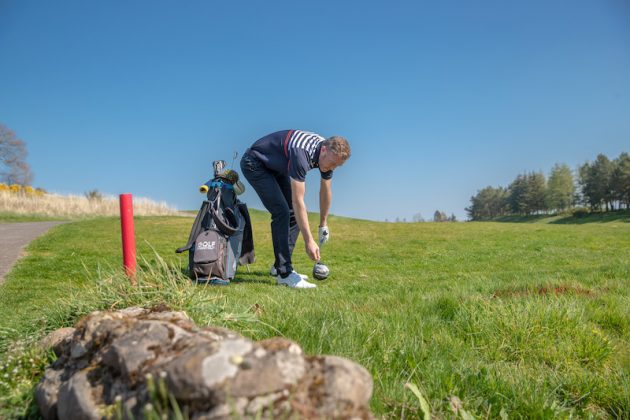
This can be in any part of the course other than the same penalty area. Again, the penalty is one stroke. If you’re not 100% sure where it crossed, estimate the spot to the best of your ability. This relief option is not available to you if the penalty area is marked with yellow stakes or lines.
Finally, prior to 2019 you could also take relief on the opposite side of a lateral water hazard (now red penalty area). This is no longer an option. Committees may still adopt a Local Rule allowing it in particular circumstances. For example, where the red penalty area adjoins a boundary.
This summary of the red penalty area rules should allow you to know all the options available to you next time you are unfortunate enough to find one.







